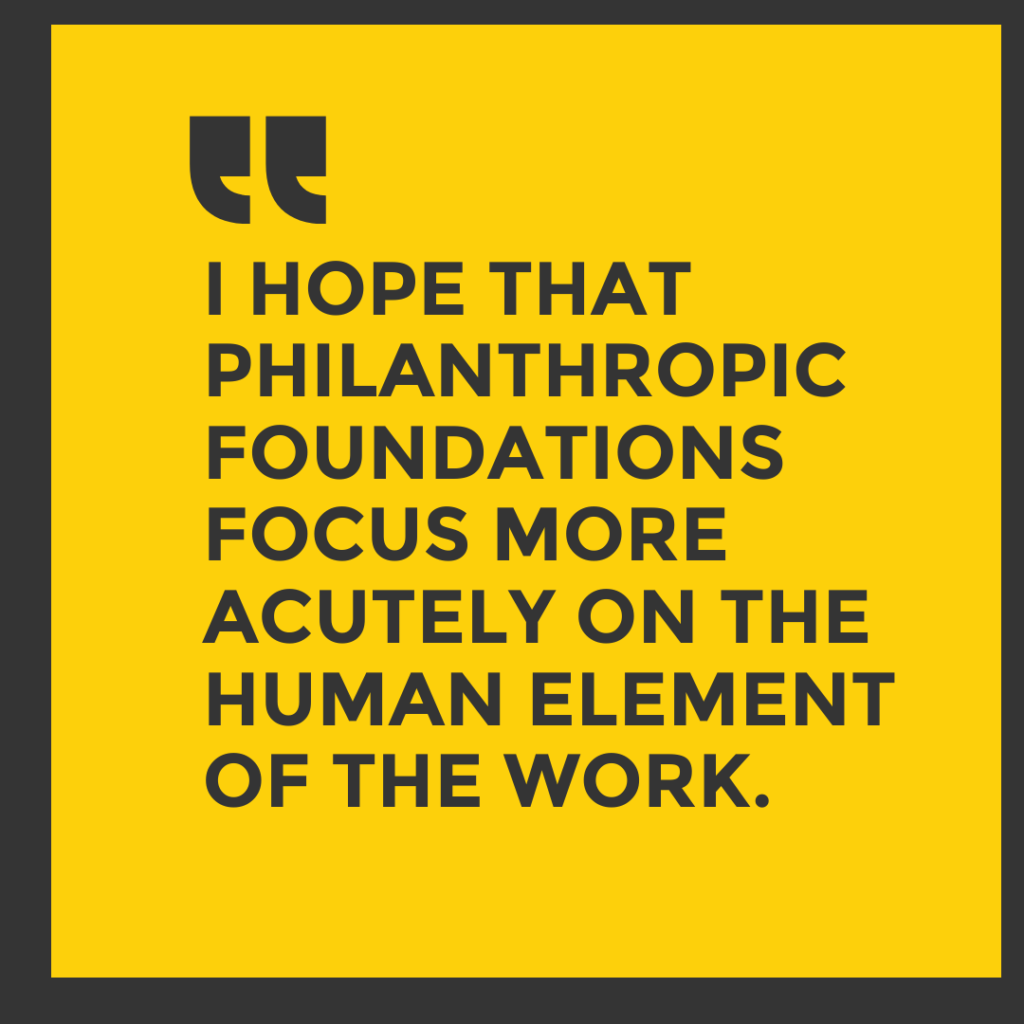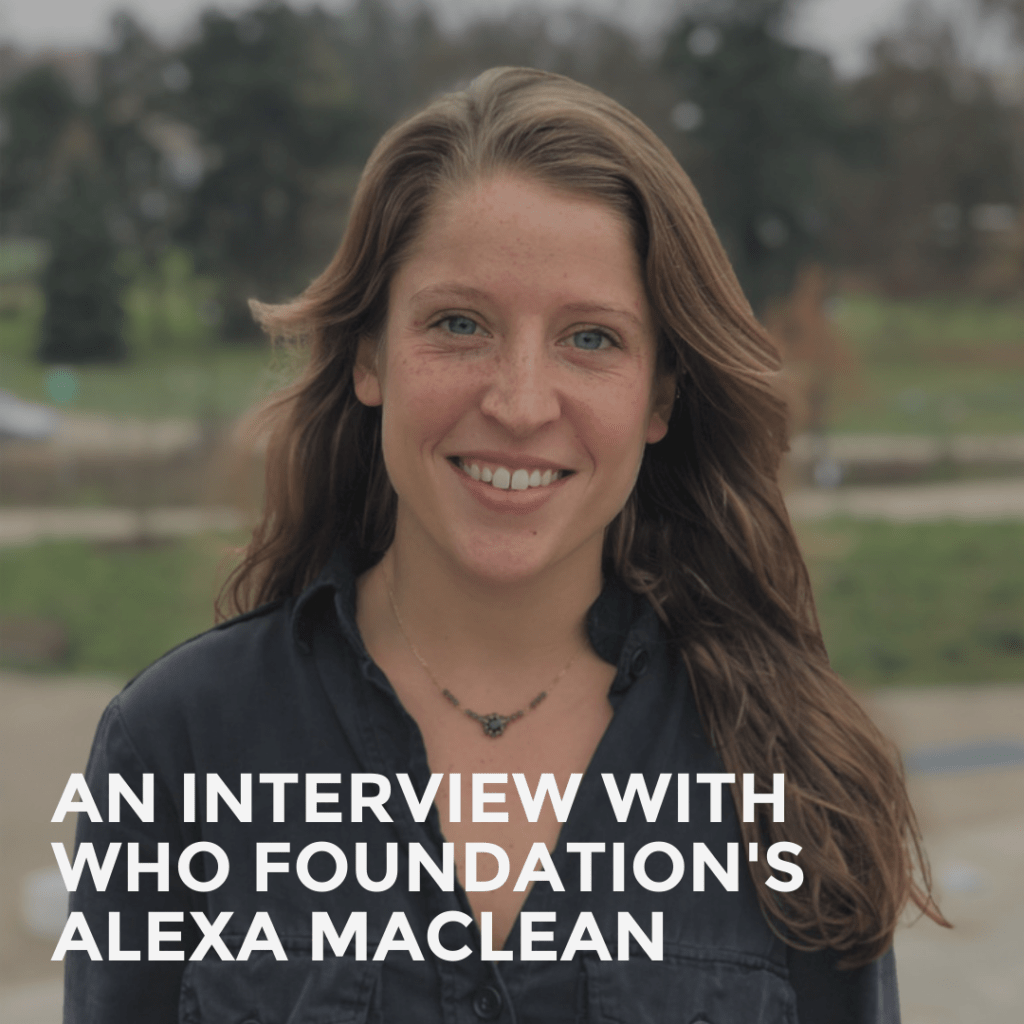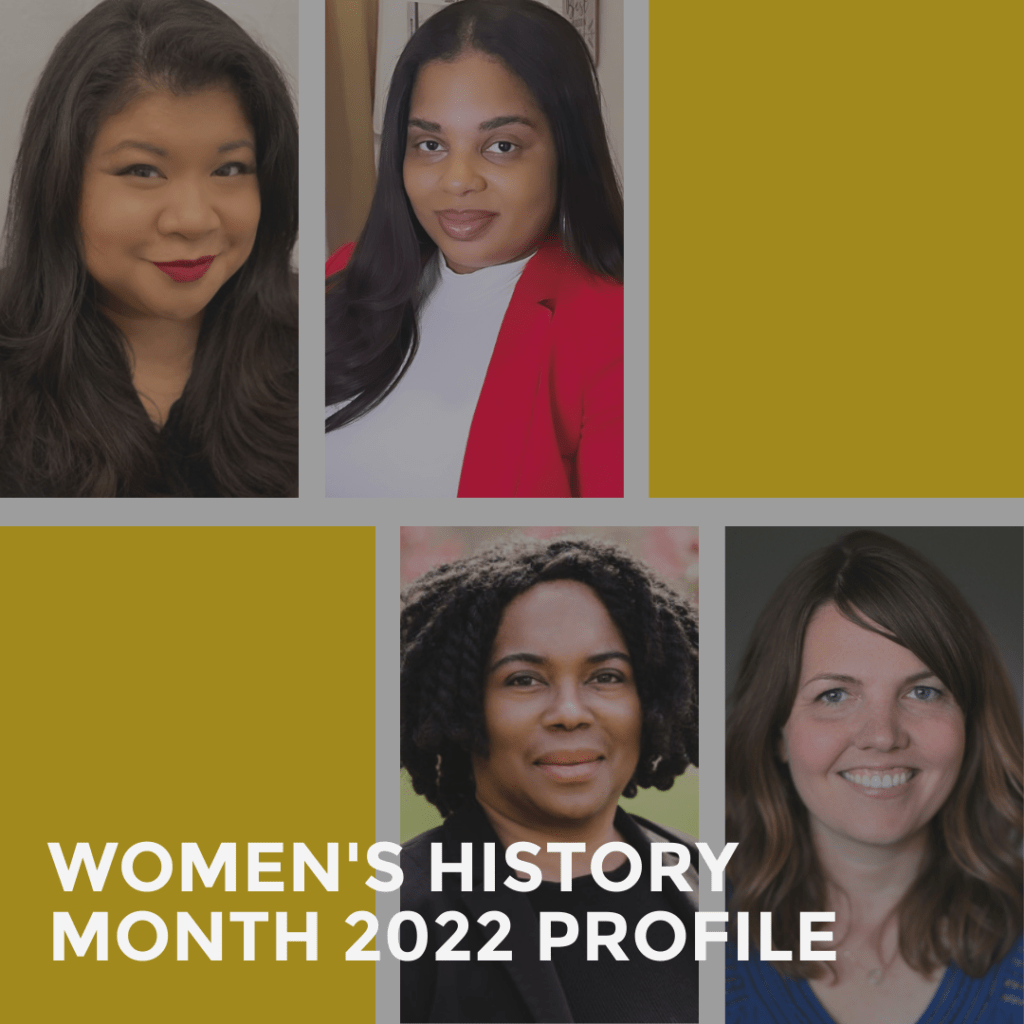Entertain Impact recently caught up with the incomparable Tarik Ward, Director of ELMA Music Foundation, US, which grants investments into non-profit organizations that use music and the arts to improve outcomes for children and youth—organizations like The Music and Youth Development Alliance (MYDA), a nationwide coalition of community-based non-profits that provide arts-based youth development programs. Tarik’s uniquely varied background spans business, academia, science, and philanthropy. He drew on that experience to offer his perspective on the future of philanthropy and what he thinks needs to happen in the space, outlining important steps for foundations and non-profit leaders alike. Read our full Q&A with Tarik below.

There’s been an ongoing shift in the philanthropic community as more organizations move toward systems-based solutions. Speak to this evolution and its operational implications for non-profit leaders.
I might be inclined to describe this as foundations playing a bit of catch up. I think this is something that non-profit leaders have been screaming from the mountain tops from the start.
As the head of ELMA Music Foundation, US, the implications are that it makes room for more imagination and, more importantly, better conversations. By better conversations, I mean that how we talk to non-profit leaders and what we talk about has shifted. For example, when working with The Music & Youth Development Alliance (MYDA) members, our conversations are less focused on the minutiae of any given program—though the details continue to matter—but include far more emphasis on “why” a program needs to exist at all. What led us to this place? What is the context in which you operate and what about that context necessitates your existence? What can we do to change that?
One of my favorite songs is an old reggae tune called, “No Man is an Island” (Dennis Brown has my favorite version). The message of the song is that we’re all connected, and our fates are linked together. Such is true of non-profit programs. They are part of ecosystems that we ignore at our peril.
MYDA is a coalition of eight distinct non-profit organizations that use music as a tool for youth development. How does it measure its impact and progress toward goals?
This is definitely one of those “it depends” questions. Each of the non-profit organizations in the MYDA coalition exists in a different ecosystem, which calls for a different set of priorities. We make it a point to co-create goals with our individual partners to ensure that we never burden them with data collection or analysis that isn’t important to them or their mission. That means, for some organizations, it’s their ability to subsidize programming for more students. For others, it is maximizing artistic career exploration among young people. While others may prioritize young people’s connectedness to community and relationship to the systems that affect their lives.
The bottom line is that young people and their well-being—in all its complex dimensions—are at the center of all the work our MYDA partners do. As I say when I introduce people to ELMA Music Foundation, “We’re not interested in making good musicians, we’re interested in making good people.”

Drawing on your varied background, what do you see as some of the biggest gaps in the philanthropic space?
Often, we make distinctions about for profit and non-profit businesses as though they are completely distinct entities. Make no mistake, non-profits are enterprises just like any other and they should be operated as such. The truest distinction between non-profit and for-profit organizations is tax status, which does not override the fundamental elements of running a successful enterprise.
Non-profit leaders would do well to regard the above sentiment thoughtfully. Passion for the mission that any non-profit endeavors to pursue is a necessary but wholly insufficient ingredient to success. All of the business acumen required to sell widgets is plainly applicable to ending homelessness. So, passionate non-profit leaders should constantly be interrogating the strategic priorities and choices that they make and seek out the support to ensure that their passion is met with equally thoughtful organizational attention.
Looking ahead, how do you see the philanthropic space changing in the next 5 years?
I hope that philanthropic foundations focus more acutely on the human element of the work. That means fully considering who is doing the work: who is filling out the proposal? How long will it take? Have I talked to them so that they know what to do? Have I helped them understand our process? Have I tried to make my process as simple and effective as possible?
I also hope that the world of philanthropy, and foundations in particular, continually interrogates itself. Who do we consider? What criteria are we setting? Who are we excluding? What are the implications? Are we listening to the voices of the affected? Are we elevating marginalized voices? Are we doing what we said we would?
All told, philanthropy could always use more empathy and introspection.
To stay up to date on the latest from Entertain Impact, subscribe to receive our emails and follow us on social media.
SIMILAR BLOGS:




